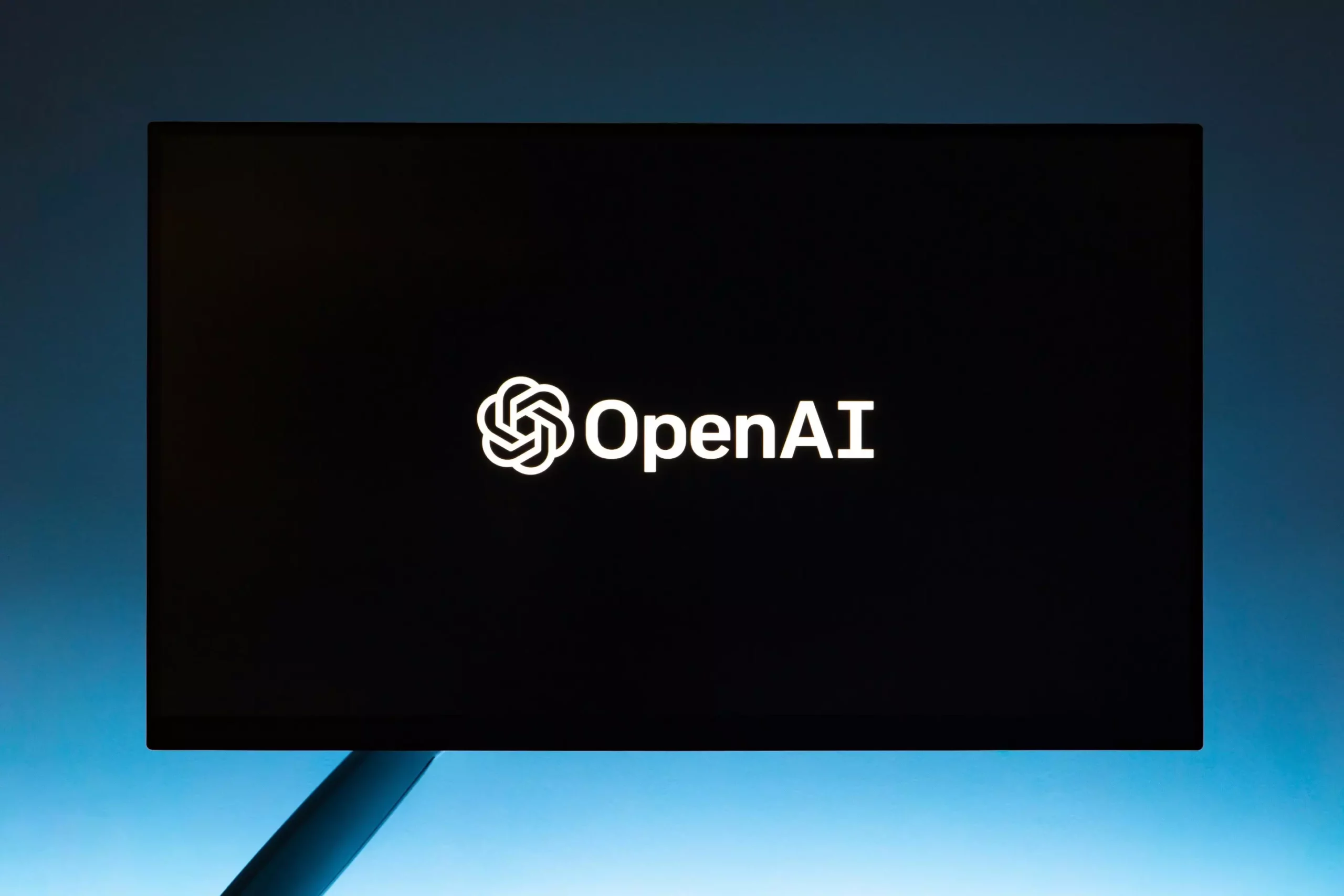OpenAI is currently navigating a critical juncture in its corporate journey, exploring significant changes that could redefine its operational landscape. At the center of this transformation is the potential bequest of a 7% equity stake to Chief Executive Officer Sam Altman, marking a pivotal shift towards a for-profit model from its previous nonprofit origins. This proposed equity move represents not just a personal milestone for Altman but also a metaphorical sea change for OpenAI, reflecting the broader trends in the tech world where financial return and societal benefit often intersect.
The plan to transition OpenAI into a for-profit entity is being contemplated against a backdrop of heightened financial aspirations and strategic pivots. The notion of becoming a public benefit corporation, while aiming for profitability, emphasizes an ongoing commitment to societal good. This dual focus encapsulates the era of modern tech companies where corporate responsibility intertwines seamlessly with robust financial revenue expectations. Since its inception in 2015, OpenAI has pursued the ambitious goal of pioneering safe and beneficial AI, but this focus has become more complex as investment needs and valuation soar.
OpenAI’s rising valuation, recently reported to be around $150 billion as it seeks to raise $6.5 billion, reinforces the high-stakes environment in which it now operates. The company’s establishment of a for-profit subsidiary in 2019 was an early acknowledgment of the financial pressures that accompany advanced AI development. This realization has led stakeholders to reconsider the balance of ethical considerations and business acumen—an ongoing discourse evident in Altman’s reluctance to previously accept equity, framing it in the context of altruistic philosophical ideals.
Accompanying this shift in focus is a notable exodus of senior leadership at OpenAI. The recent resignation of Chief Technology Officer Mira Murati serves as a striking indicator of instability within the organization. Employees were reportedly taken aback by this announcement, which reflects deeper undercurrents of discontent or disillusionment among the ranks. Murati’s high-profile exit is emblematic of the turnover that has characterized OpenAI since the tumultuous events surrounding Altman’s brief ousting last year.
The departure of key figures like Murati—who played an instrumental role in developing popular AI applications such as ChatGPT—raises concerns about the continuity of leadership and the future trajectory of product innovation at OpenAI. Notably, her exit follows a trend of significant withdrawals from the leadership team, including Chief Scientist Ilya Sutskever and other essential executives. This trajectory suggests a crisis not merely of personnel but of organizational coherence and vision.
Amidst these shifts, Altman’s reassurances attempt to stabilize morale and short-circuit speculation about the reasons behind the departures. He emphasized that these exits are unrelated to the company’s restructuring plans, seeking to decouple significant leadership changes from the overall corporate strategy. During this phase of rapid expansion—OpenAI has doubled its employee count in recent years—the organization must navigate the inevitable challenges that come with scaling both in personnel and ambition.
As new leadership structures emerge and the organization adapts to an encompassing for-profit narrative, Altman’s hands-on engagement with technical and product aspects might yield positive dividends. Announcing new roles and designating existing employees to report directly to him illustrates an attempt to consolidate operations and foster renewed collaboration. Engaging employees in these transitions is crucial for maintaining cultural integrity and continuity, especially when the prevailing narrative underscores a shared mission of leveraging AI for good.
Looking forward, the impact of these leadership changes on product innovation is profound. OpenAI’s continued dedication to developing groundbreaking technologies—amidst internal upheaval and evolving corporate ethos—indicates a pivotal balancing act that demands attention and finesse. The company must sustain its trajectory of innovation while cultivating an organizational structure that is both resilient and adaptive.
As OpenAI ventures into this new chapter of augmented leadership and operational transitions, it remains at the forefront of AI development. Whether the restructuring and the new equity stakes will catalyze a newfound synergy and enhanced output or disrupt the continuity of its ambitious projects remains to be seen. The unfolding narrative encapsulates a critical point of reflection for the tech industry as a whole, where the demands of business often reshape the foundational philosophies that initially guided companies on their journeys toward transformative innovation.

